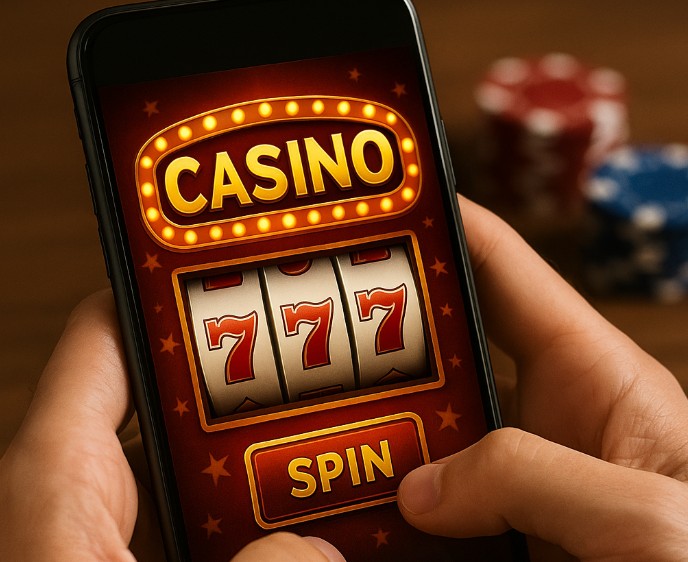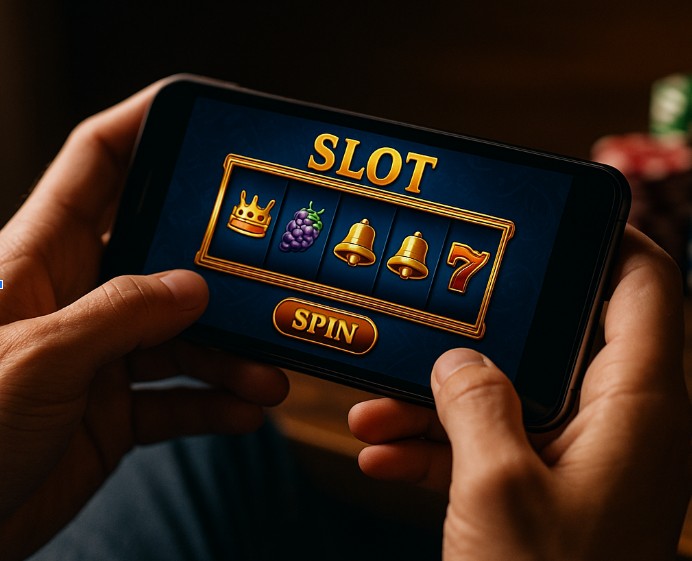Over the last ten years, casino games have seen significant changes. A richer, immersive, and game-like experience has replaced the straightforward, one-button interface. The distinction between gaming and gambling has actually become more hazy. Developers are creating games that feel, look, and play like popular video games because players are expecting more than blinking lights and spinning reels.
This change is not an accident. It reacts directly to the actions of the player. The audiences of today grew up with interactive rewards, challenges, and levels in console and smartphone games. These components are being borrowed by casino platforms in order to remain current and maintain player engagement over time.
Spin, Level, Repeat
Old-school slots were easy to understand. You clicked a button, the reels spun, and you either won or didn’t. The interaction was passive and repetitive. That formula worked for years, but it doesn’t hold modern attention spans.
Now, many slot and casino games include features like XP bars, unlockable bonuses, tiered achievements, and daily tasks. These systems introduce the same kind of feedback loops used in mobile RPGs or idle games. Even if a player doesn’t win real money during a session, they can still earn points, level up, or complete goals, giving a strong sense of accomplishment.
That’s the power of progression-based design. It turns gameplay into a cycle of micro-rewards that pull the user back in. Some of the most polished systems can be found on a gaming hub that Aussies trust, where mission-based structures and layered gameplay keep players returning.
Looks and Sounds That Stick
Visual and sound design play a huge role in making casino games feel more like traditional video games. What used to be simple 2D graphics have been replaced by rich animations, 3D-rendered scenes, and stylized characters. Some games rival mobile app store titles in quality, with themed environments and cutscene-style intros.
The soundtracks are no longer repetitive beeps or coin sounds. Now, you’ll hear full background scores, reactive sound effects, and even voice acting. These audio-visual upgrades don’t just add flair; they enhance immersion. The player isn’t just spinning reels. They’re entering a world with mood and motion. This polish reflects how much the casino world is investing in entertainment, not just function.
Stories Are the New Hook
The inclusion of storytelling is among the most significant adjustments. Recurring characters, changing storylines, and seasonal material are common features of casino games, particularly the more recent slots. Similar to adventure or puzzle games, players can progress the plot or unlock new scenes as they play.
Even on days when they’re not aiming for huge wins, players have an incentive to return thanks to this storytelling technique. Curiosity, narrative reward, emotional connection, and campaign modes are the same motivations that lead consumers to binge-watch a series or play through campaign modes. The game transcends gambling in many respects. The player starts to feel like they are a part of the story.

Real-Time Feels Realer
Live casino games are the clearest example of how online gambling is mirroring multiplayer gaming. These are streamed in real time, hosted by human dealers, and sometimes allow for interaction between players. It’s like joining a live match or stream rather than playing against software.
This shift changes the tone of the game. You’re not isolated, clicking through cold interfaces. You’re involved in a shared experience. The growing popularity of live dealer blackjack, roulette, and game-show formats shows how important this social, reactive layer has become.
Much like gamers prefer cooperative or competitive online modes, casino players now seek interaction over automation.
Gamified from the Ground Up
It’s not just the games themselves; entire casino platforms are being gamified. Users earn loyalty points, unlock badges, complete challenges, and even personalize their avatars. These elements don’t affect the actual outcome of games, but they enhance the overall experience.
Gamification creates a structure where users feel rewarded for their time, not just their luck. It brings in the satisfaction of unlocking levels, customizing experiences, and hitting milestones. These mechanics are rooted in mobile and console game design, and they’ve become expected across digital entertainment. Even losing feels less frustrating when there’s visible progress elsewhere.
Skins and Themes Add Personality
Many modern casinos allow users to choose themes, customize dashboards, and unlock design options as they play. These features don’t affect gameplay, but they do influence how personal the platform feels. And in today’s gaming culture, personalization is key.
Players who are used to customizing characters or interfaces in video games are drawn to this kind of control. It makes the casino experience feel less transactional and more like a digital home base to which they’ve earned access. It’s another example of how casino play is evolving to reflect broader gaming expectations.
Events Keep the Momentum Going
Timed events, rotating missions, and limited-edition tournaments have become common on casino sites. These aren’t random promotions. They’re structured like game events, with a clear beginning, a goal, and rewards.
These mechanics add excitement and urgency. Players log in not just to spin, but to meet a challenge or beat a clock. This is the same structure that keeps gamers returning to weekly quests or battle pass unlocks. It adds a live-service feel to the casino model.
Even casual players become more active when there’s something temporary on the line.
Players Are Getting Smarter
Today’s players know the difference between surface-level flash and meaningful design. They’re not impressed by bright graphics alone. They care about how the platform behaves – how it handles payouts, how clear the terms are, and whether they feel respected as users.
That’s why trust matters more than ever. A platform can have the best-looking games in the world, but if it stalls withdrawals or hides its rules, players will leave. Visuals attract; trust retains.
This is why some sites have earned reputations not just for design but for fairness and service. One platform frequently described as a gaming hub that Aussies trust stands out for offering both a polished experience backed by consistent integrity.
What’s Next for Casino-Style Play?
As video game culture continues to shape entertainment, casino platforms will keep borrowing ideas. We’ll likely see more crossover events, community-driven content, and even partnerships with gaming brands. Players will expect more than a game – they’ll want a world to return to.
That doesn’t mean the line between gaming and gambling will disappear. It means the expectations have changed.
Players now want their time to feel meaningful, their choices respected, and their experience to offer something more than luck.
In the end, casino games are becoming more like video games not just in design, but in purpose. They’re being built to entertain, to challenge, and to engage. And players are ready for it.

